Apple's FDA clearance for hypertension detection on the Apple Watch represents a genuine breakthrough in wearable health technology. For millions of people who already strap on their Apple Watch every morning, this isn't just another notification to swipe away. It's potentially life-changing health information delivered through hardware they're already wearing.
What makes this particularly exciting is how Apple solved the blood pressure puzzle without asking users to change their behavior. No extra steps, no new gadget. The system uses the optical heart sensor to analyze blood vessel responses over extended periods, collecting data passively while you go about your day. The technology leverages machine learning trained on studies involving over 100,000 participants, then validated through clinical trials with more than 2,000 people. Apple's projections are ambitious but realistic, they expect this feature to notify over 1 million people with undiagnosed hypertension within its first year.
The timing couldn't be more critical, especially since this FDA clearance opens doors to mainstream adoption of clinically validated wearable health monitoring. According to WHO estimates, an estimated ~1.4 billion adults aged 30–79 had hypertension in 2024, and roughly 44% (≈600 million) of adults with hypertension are unaware of their condition, people walking around with a serious health risk they don't know exists.
How Apple cracked the blood pressure puzzle
Here's where Apple's approach gets really clever, they sidestepped the calibration nightmare that has plagued wrist-based blood pressure monitoring for years. Instead of trying to provide precise daily readings like a traditional cuff, the system focuses on detecting patterns of chronic high blood pressure over 30-day evaluation periods. No cuffs. No setup rituals.
The technical implementation is sophisticated yet simple. The watch analyzes 60-second segments of photoplethysmography (PPG) data collected approximately every two hours, using accelerometer data to filter out readings when you're not sitting still. This is not just throwing sensors at a problem. It is a thoughtfully engineered solution that examines blood vessel responses to heartbeats without requiring inflatable cuffs or user intervention.
The science behind this is rooted in pulse wave analysis, essentially reading the story your blood vessels tell with each heartbeat. When blood pressure is elevated, blood vessels respond differently to the cardiac cycle, creating detectable changes in the optical signals the watch captures. Apple's machine learning algorithms learn to recognize these patterns across diverse populations and conditions, building what amounts to a cardiovascular signature for each user.
What's particularly impressive is how data collection starts from the day you set up hypertension notifications in the Health app, running passively while you sleep, work, exercise, and live your life. The algorithm quietly builds a picture of your cardiovascular patterns over time, looking for subtle signs that indicate chronic high blood pressure, all without you needing to remember to take measurements or change your routine.
Who can actually use this feature?
Apple has been specific about the target audience, and for good reason. The feature is designed for users who are 22 years or older, not pregnant, and haven't been diagnosed with hypertension. It's available on Apple Watch Series 9 and later models, plus Ultra 2 and later versions, but notably excludes the Apple Watch SE. Fair enough.
The hardware requirements track with the computational demands of analyzing cardiovascular patterns. You need an iPhone 11 or later running iOS 26 and Wrist Detection enabled on your Apple Watch. These are not arbitrary restrictions, they reflect the processing power needed to run machine learning that can separate normal variation from patterns suggesting hypertension.
There is medical logic to the eligibility rules too. The 22-year age minimum reflects that hypertension patterns in younger adults can differ and may require specialized evaluation rather than automated detection. The pregnancy exclusion matters as well, if you have an active pregnancy logged in the Health app, you can't enable the feature, since blood pressure changes during pregnancy need monitoring that goes beyond what a consumer wearable should attempt.
The setup process walks you through confirming your eligibility before monitoring begins, giving users a clear path and a sense of what the feature can and cannot do.
What happens when you get an alert?
Let's be clear, receiving a hypertension notification is not cause for panic, but it should not be ignored. When the feature identifies patterns related to hypertension within the last 30 days of heart data, you are prompted to take specific follow-up actions that align with established medical best practices.
The recommended protocol is methodical and sound. Apple suggests monitoring blood pressure for seven days using a third-party cuff before sharing results with healthcare providers. That seven-day window provides the precise numbers doctors need for diagnosis and treatment planning.
What I find particularly thoughtful is how Apple integrated the follow-up into the ecosystem. The Apple Watch facilitates this process by prompting users to set up a Blood Pressure Log with daily reminders for morning and evening checks. All measurements can be logged in the Health app and exported as a PDF for doctors, which turns a simple alert into actionable healthcare data.
Instead of leaving you wondering what to do next, the system guides you through steps that clinicians actually want, consistent measurements over time rather than random readings.
The bigger picture for health monitoring
This FDA clearance represents something much bigger than a new Apple Watch feature, it signals a new era of mainstream, clinically validated health monitoring through consumer devices. By embedding FDA-validated monitoring into a widely used consumer device, barriers to remote patient monitoring could be significantly lowered.
The broader implications come into focus when you consider the scale of the problem Apple is tackling. Hypertension affects approximately 1.3 billion adults globally and often goes undiagnosed because it is a silent condition. Traditional blood pressure monitoring demands effort, scheduling appointments, remembering to check at home, dealing with cumbersome equipment. Apple's approach flips that model, making monitoring as passive as wearing a watch.
What stands out is how this shifts the relationship between patients and healthcare providers. Instead of relying on occasional office visits to catch hypertension, doctors could identify at-risk patients earlier in the disease progression. Healthcare systems may find value in integrating Apple Watch data into electronic medical records, enabling more seamless coordination across care teams and moving from reactive to proactive models.
The feature's launch across more than 150 countries and regions gives it real global reach. For people who already wear Apple Watch daily, this adds health intelligence without demanding behavior change, preventive care delivered through a device that is already part of the routine.
More broadly, the regulatory approval elevates Apple's feature into the category of validated medical technology, which opens the door for consumer wearables in structured remote patient monitoring and sets a template for how other tech companies might approach clinical validation.
Where health tech goes from here
Apple's hypertension detection feature is not perfect, the company acknowledges that not all people with hypertension will receive a notification, and it is not intended to diagnose or manage the condition. Still, it proves that consumer wearables can deliver clinically meaningful health insights when properly validated and regulated.
The feature's passive monitoring, combined with integration into existing health workflows, points toward a future where preventive monitoring feels as routine as checking the time. This is not about turning everyone into a patient. It is about giving people actionable information before problems become crises.
Looking ahead, Apple's success with hypertension detection sets the stage for other conditions to get similar treatment. The mix of advanced sensors, machine learning, and regulatory validation creates a template that could extend to chronic conditions that benefit from long-term monitoring. We might see similar approaches for detecting sleep apnea patterns, irregular heart rhythms beyond what is currently possible, or early signs of metabolic disorders.
For Canadian users and millions of others worldwide, this feature arrives as healthcare systems lean into preventive care and early intervention. The potential to identify undiagnosed hypertension in people who might otherwise never know they are at risk could have profound public health impact, especially since early detection and lifestyle changes can often prevent the need for medication or more intensive interventions.
Bottom line, this is not just another notification on your wrist. It is technology that tries to keep you healthier, one heartbeat at a time. For a condition that affects over a billion people globally and often goes undetected until it causes serious complications, that kind of innovation can genuinely save lives.




![Watch Series 10 [GPS 42mm case] Smartwatch with Jet Black Aluminum Case with Black Sport Band - S/M. Fitness Tracker, ECG App, Always-On Retina Display, Water Resistant](https://m.media-amazon.com/images/I/6105jZyXyPL._AC_UY218_.jpg)
![Watch SE (2nd Gen) [GPS 40mm] Smartwatch with Midnight Aluminum Case with Midnight Sport Band S/M. Fitness and Sleep Trackers, Crash Detection, Heart Rate Monitor, Retina Display](https://m.media-amazon.com/images/I/61eE8SSyPWL._AC_UY218_.jpg)
![Watch SE 3 [GPS 40mm] Smartwatch with Starlight Aluminum Case with Starlight Sport Band - S/M. Fitness and Sleep Trackers, Heart Rate Monitor, Always-On Display, Water Resistant](https://m.media-amazon.com/images/I/61xkvg-RStL._AC_UY218_.jpg)
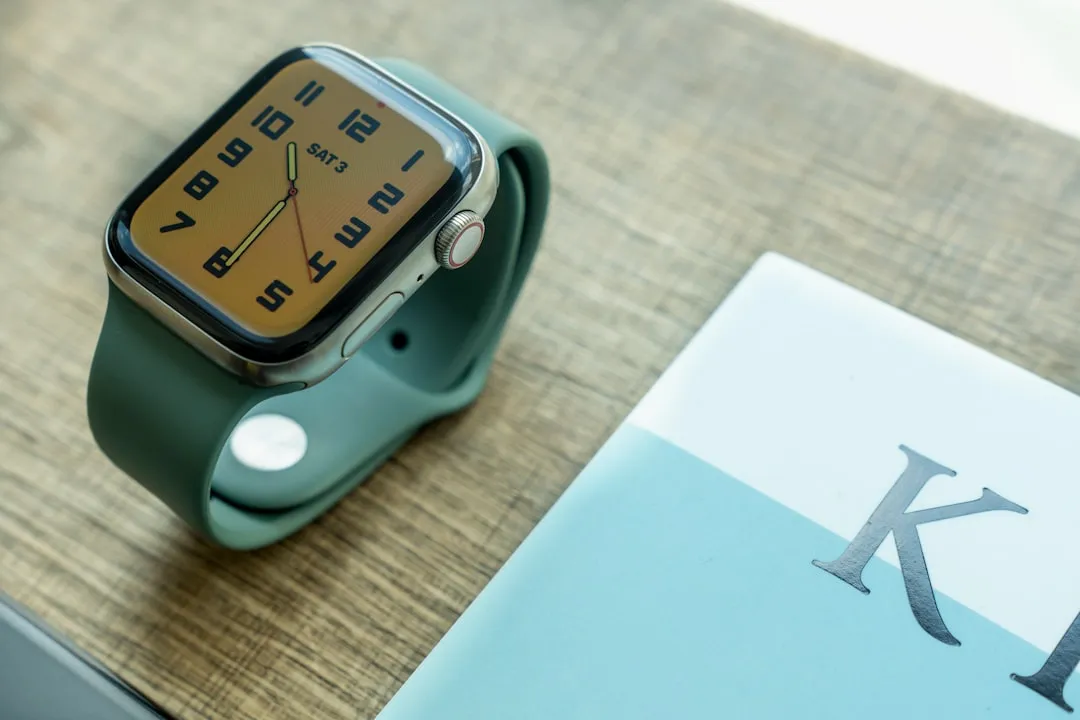
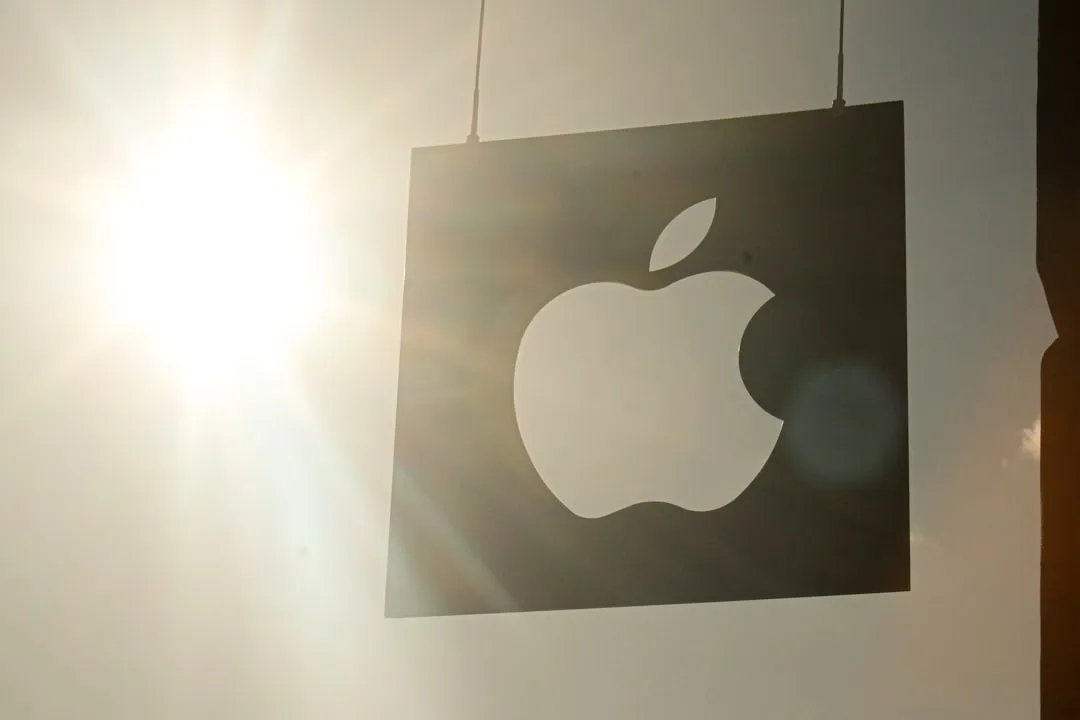
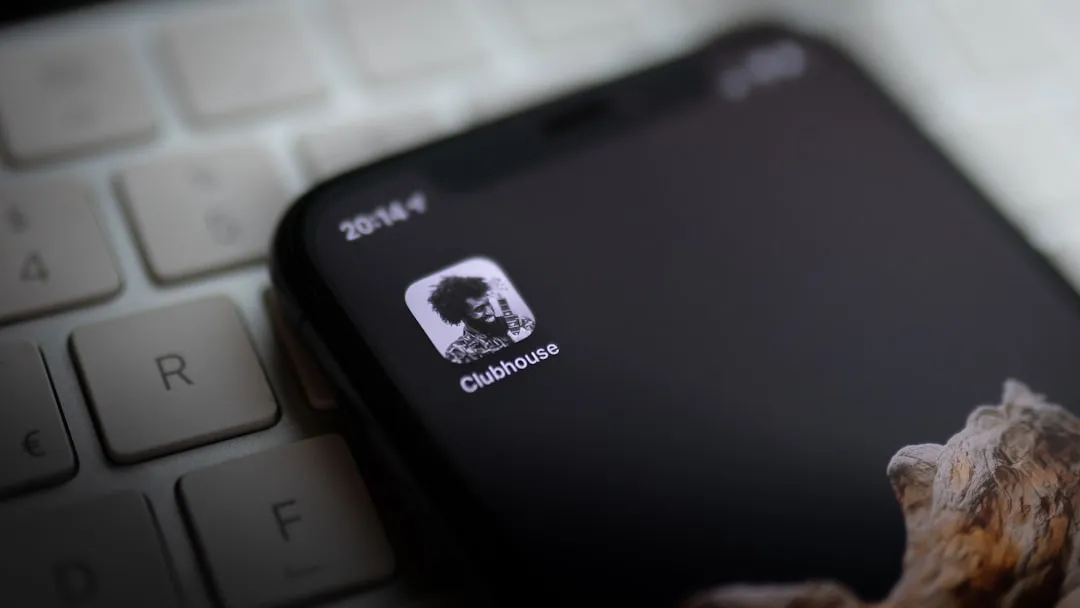
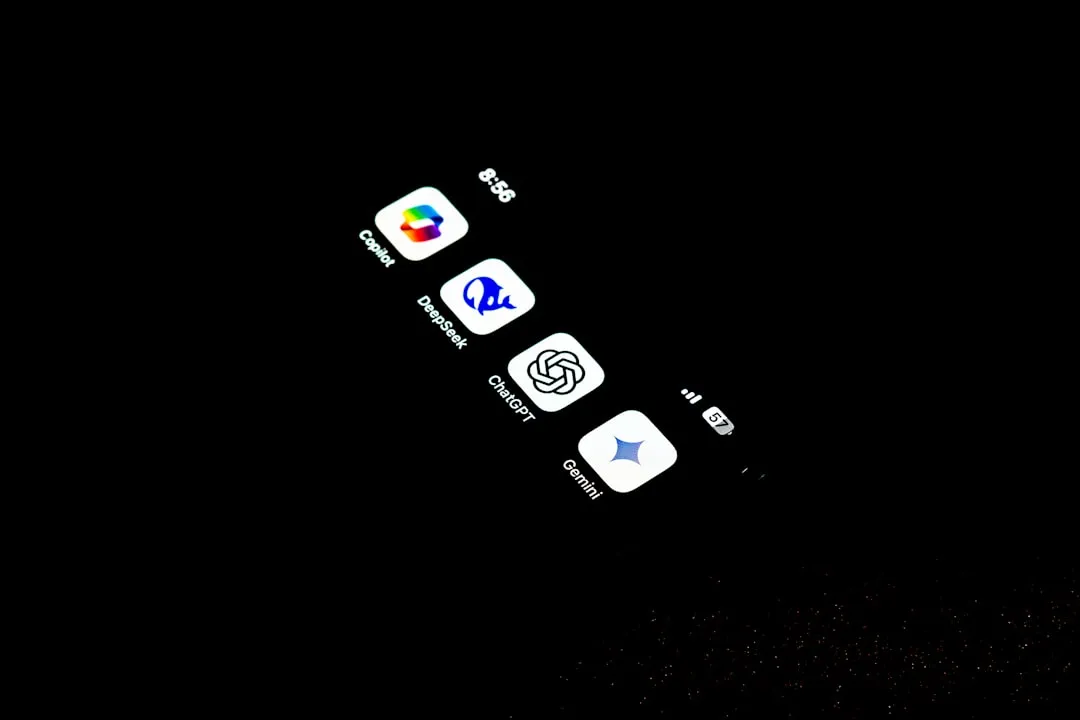
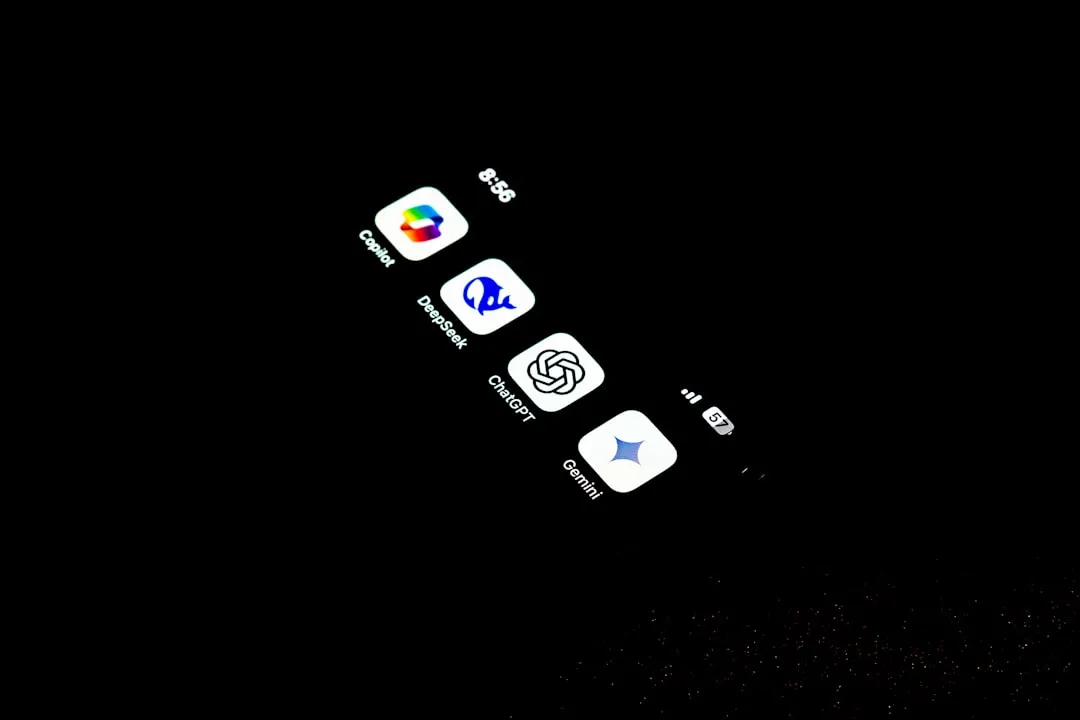
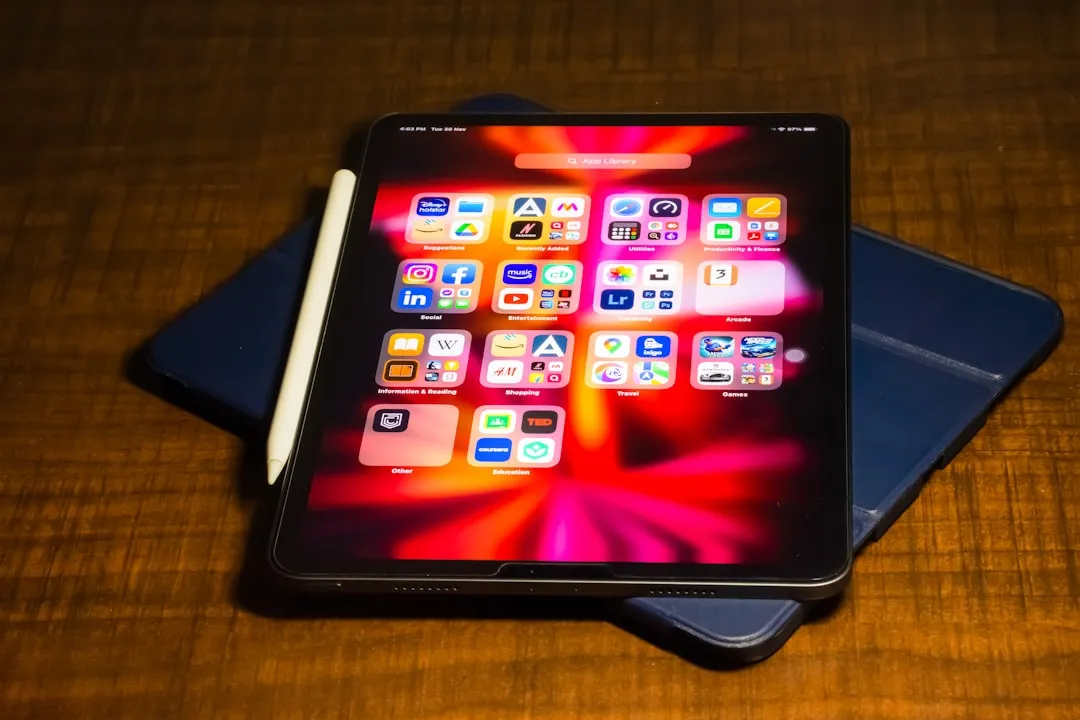
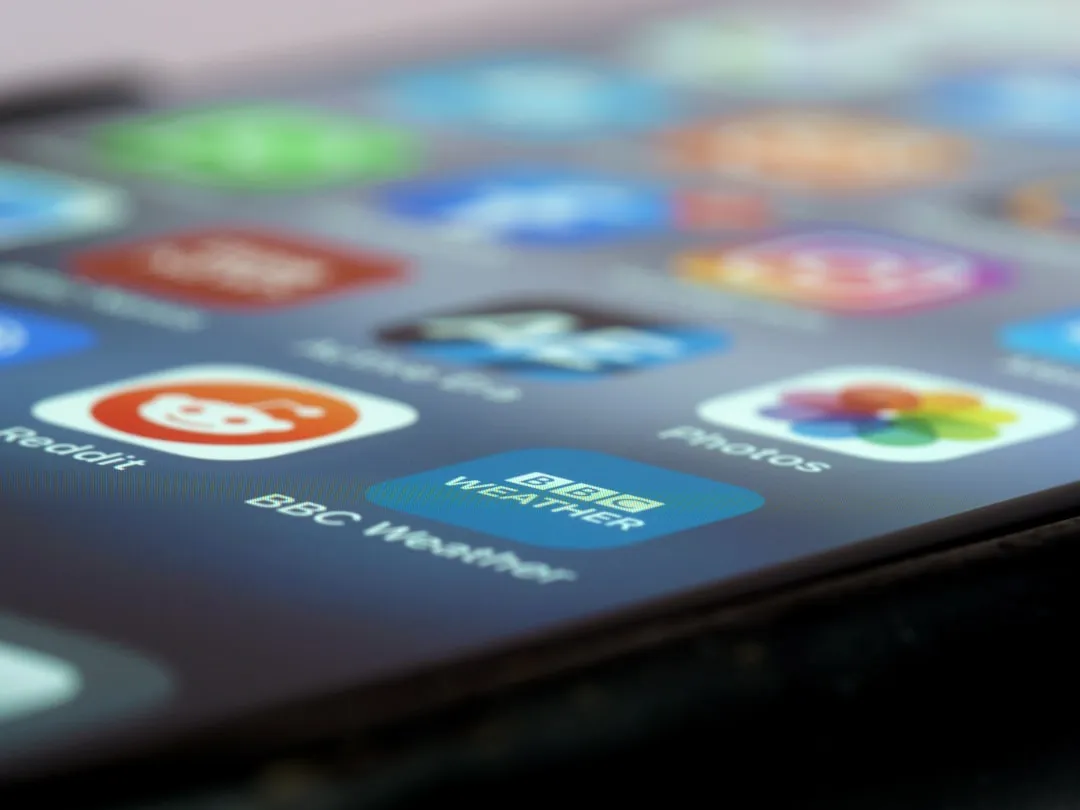
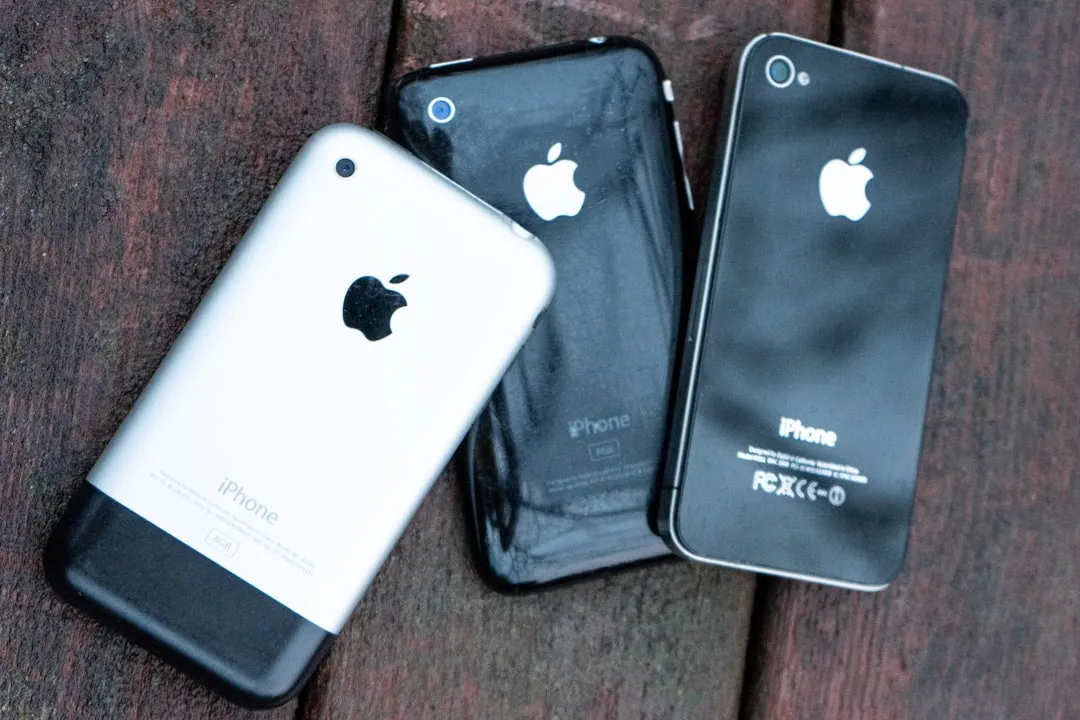

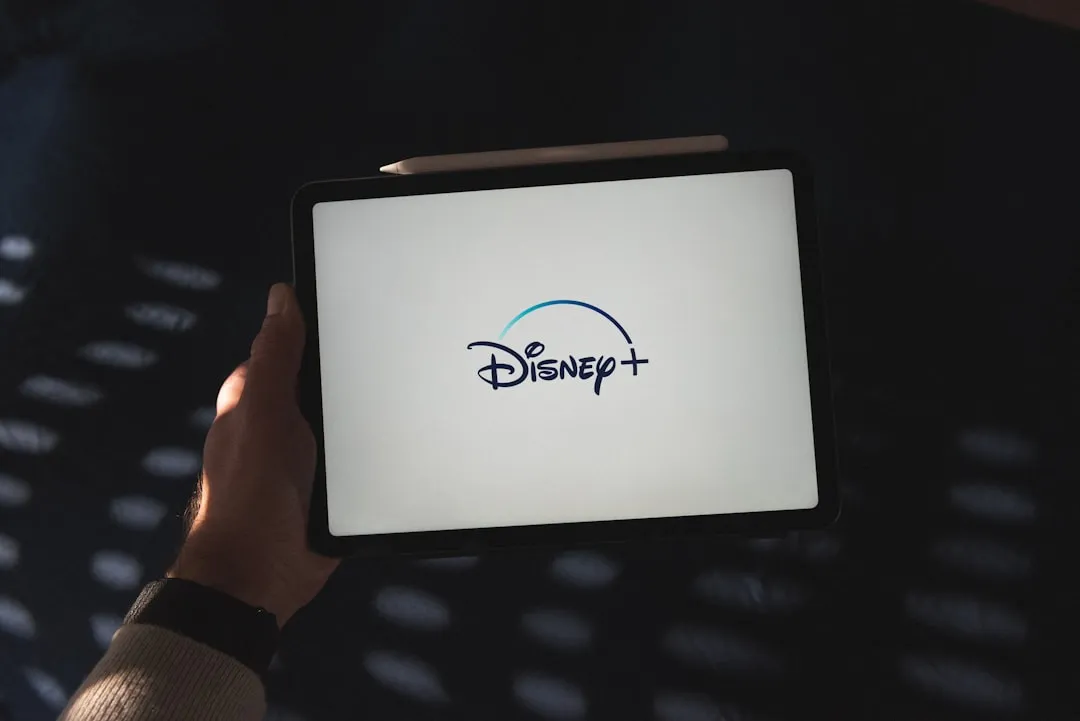
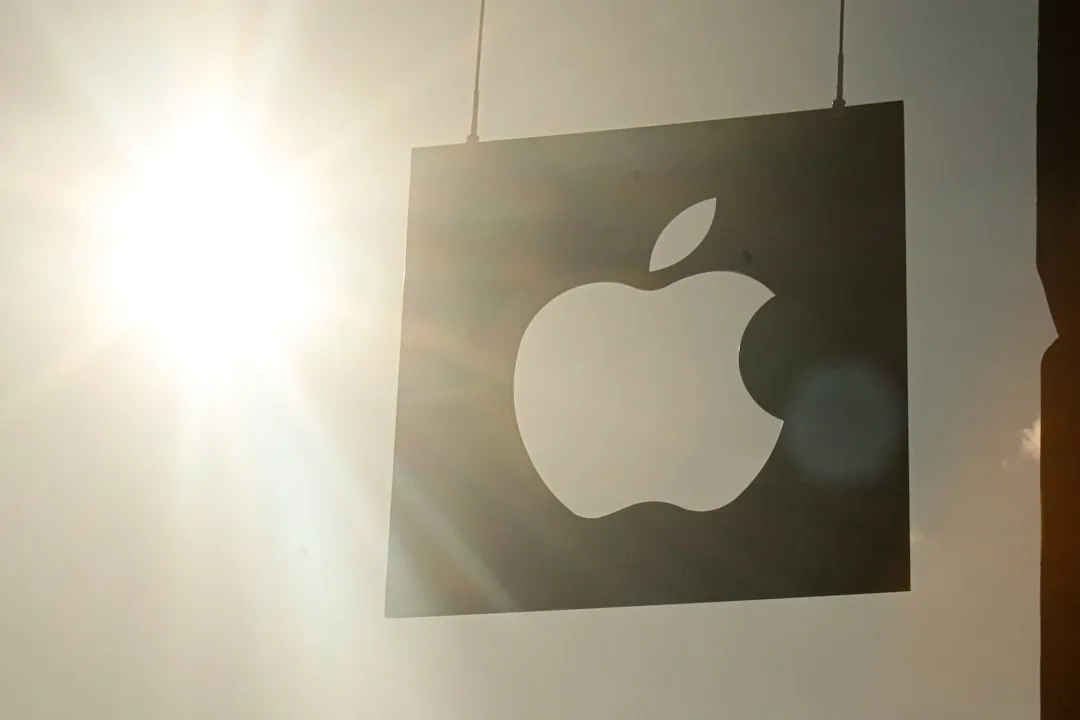
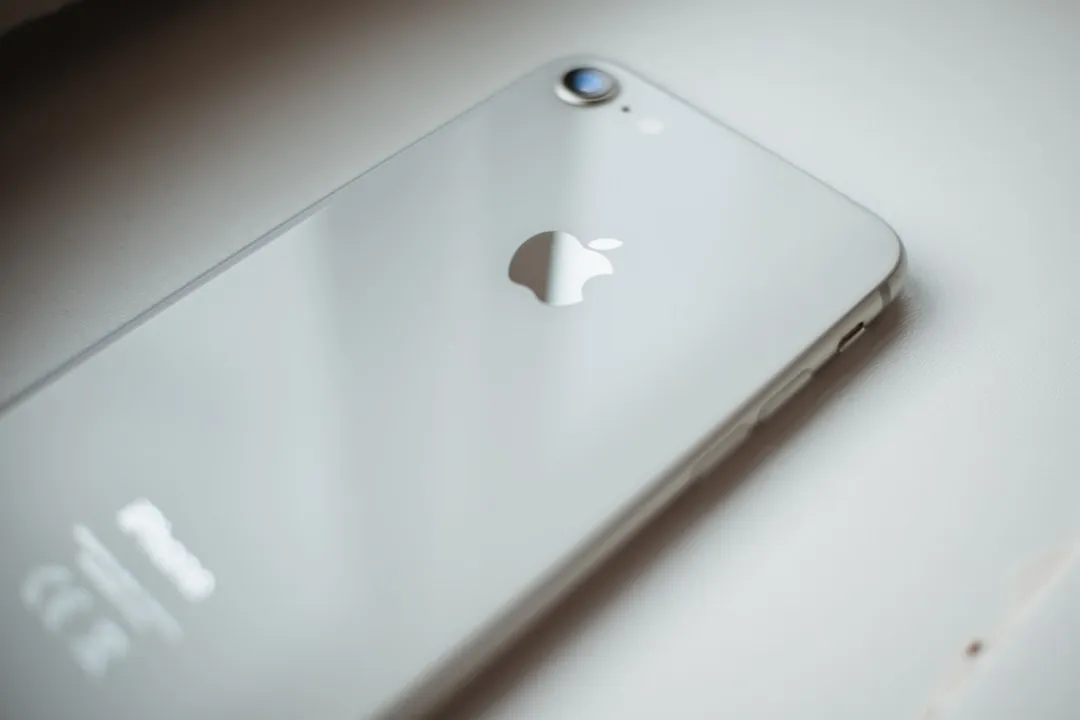
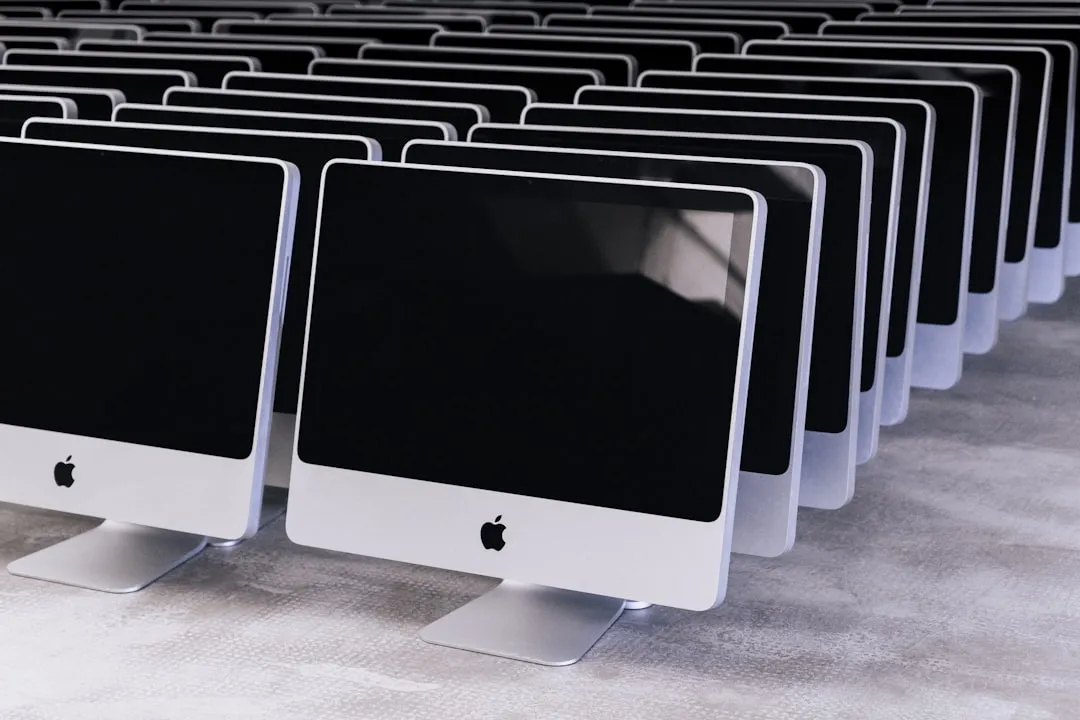
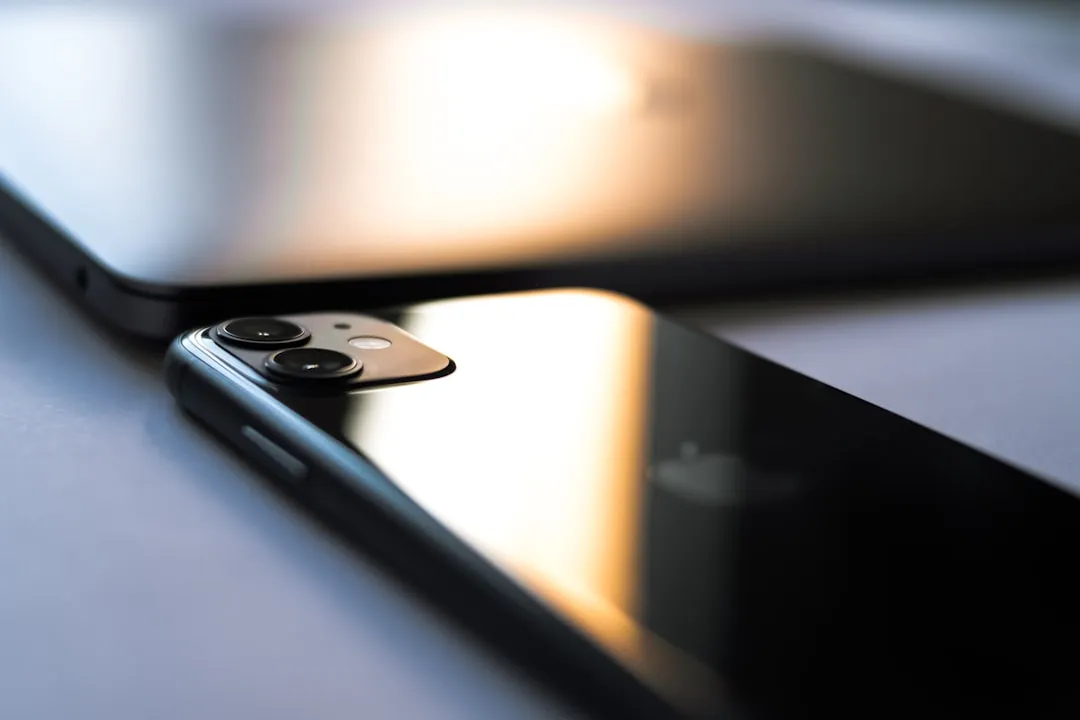
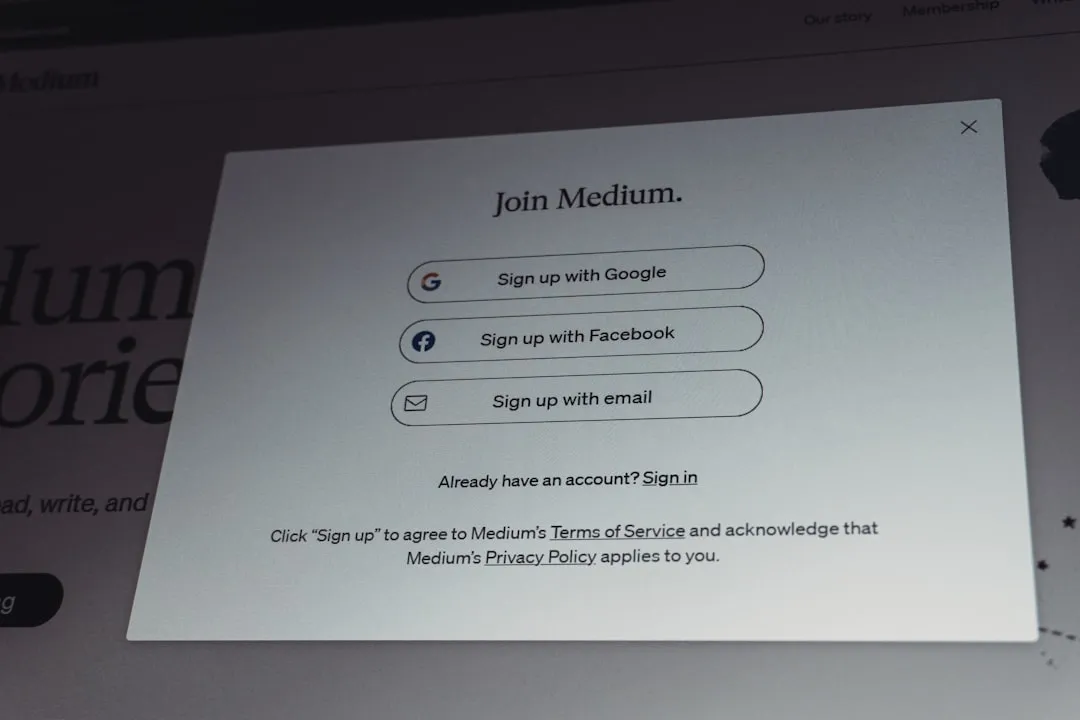
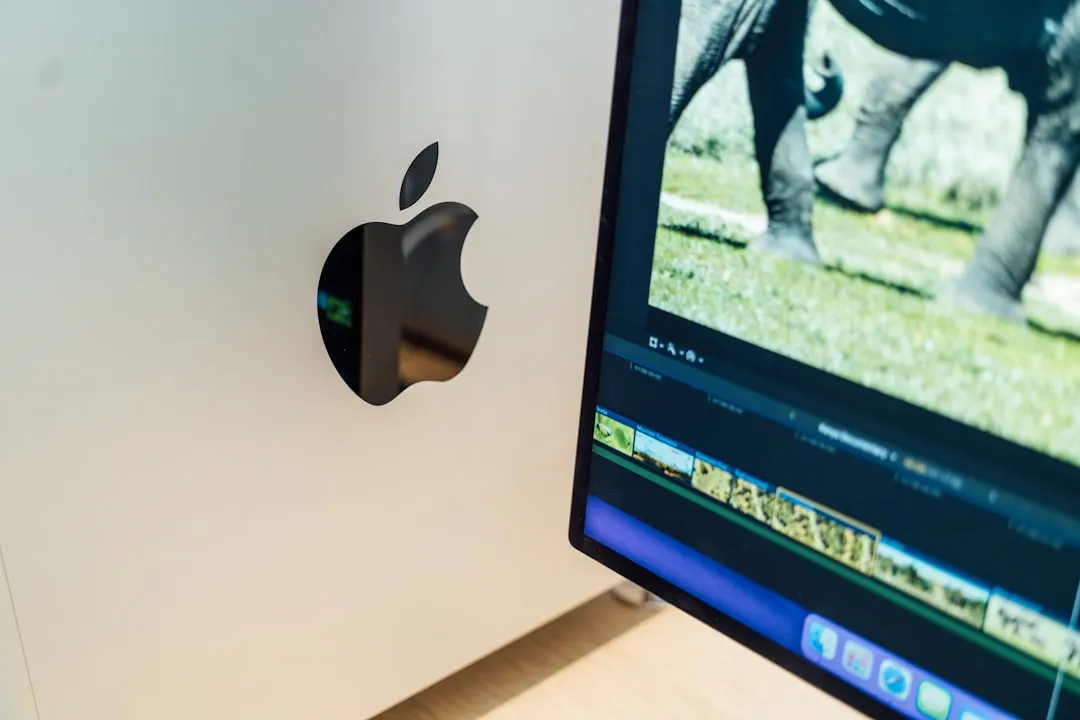
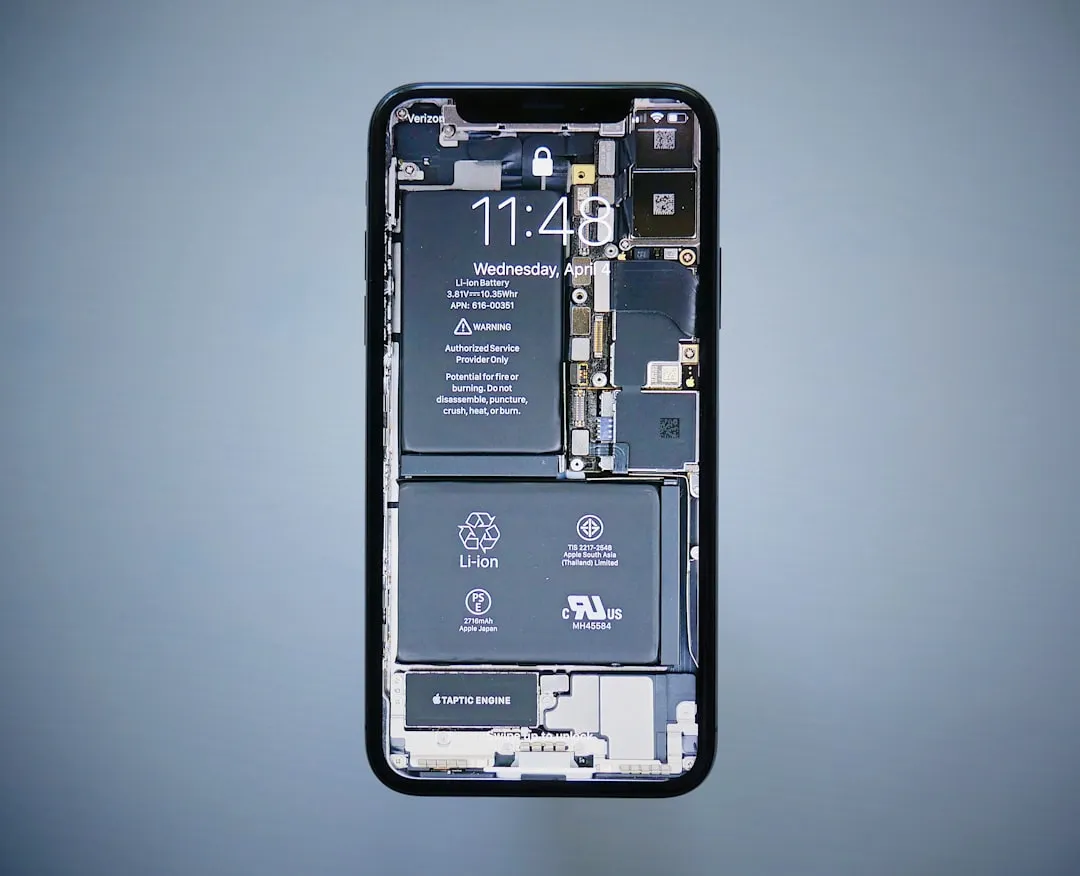

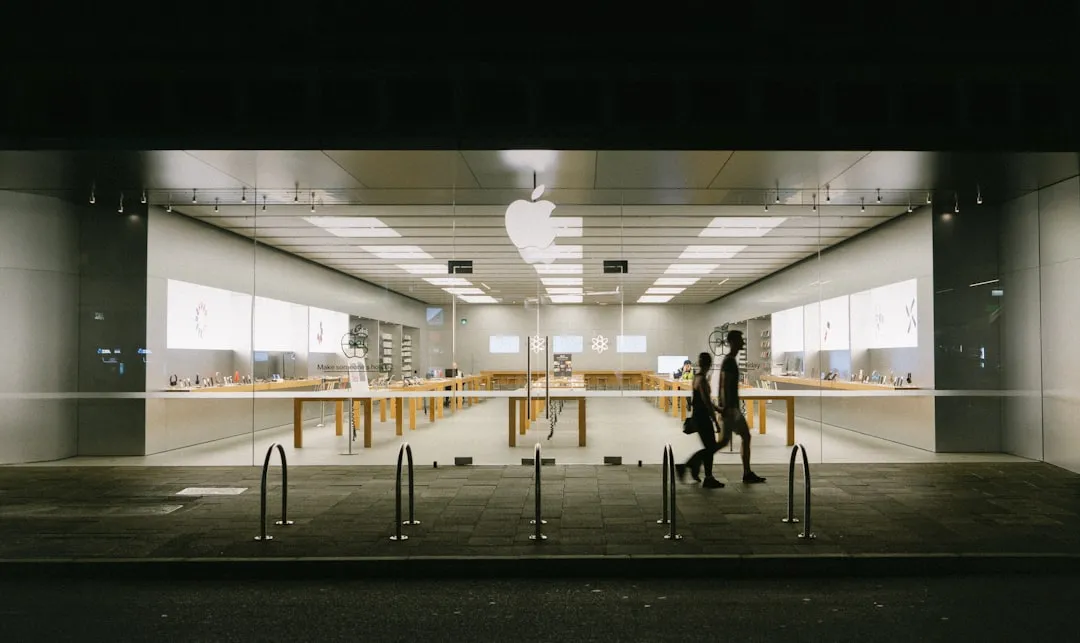
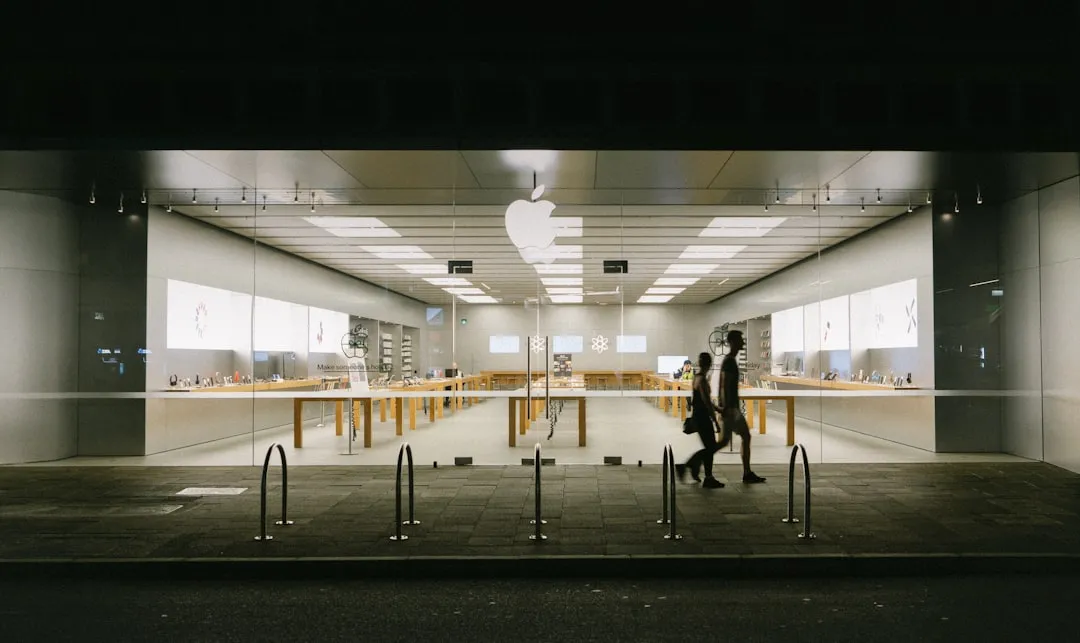

Comments
Be the first, drop a comment!